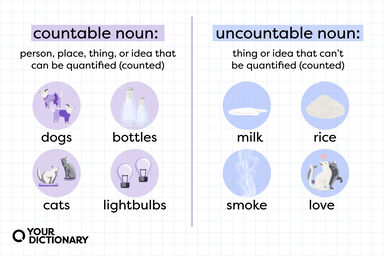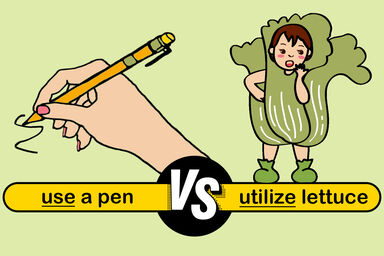The majority of plant specimens are most suitably fastened on paper by a mixture of equal parts of gum tragacanth and gum arabic made into a thick paste with water.
Omdurman is the headquarters of the native traders in the Anglo-Egyptian Sudan, the chief articles of commerce being ivory, ostrich feathers and gum arabic from Darfur and Kordofan.
When these fires occur while the trees are full of sap, a curious mucilaginous matter is exuded from the half-burnt stems; when dry it is of pale reddish colour, like some of the coarser kinds of gum-arabic, and is soluble in water, the solution resembling gumwater, in place of which it is sometimes used; considerable quantities are collected and sold as " Orenburg gum "; in Siberia and Russia it is occasionally employed as a semi-medicinal food, being esteemed an antiscorbutic. For burning in close stoves and furnaces, larch makes tolerably good fuel, its value being estimated by Hartig as only one-fifth less than that of beech; the charcoal is compact, and is in demand for iron-smelting and other metallurgic uses in some parts of Europe.
At one time also some species were used in the arts for supplying a gum as a substitute for gum-arabic. These were chiefly Ramalina fraxinea, Evernia prunastri and Parmelia physodes, all of which contain a considerable proportion of gummy matter (of a much inferior quality, however, to gum-arabic), and were employed in the process of calico-printing and in the making of parchment and cardboard.
A kind of thick paste, known as jujube paste, was also made of a composition of gum arabic and sugar dissolved in a decoction of jujube fruit evaporated to the proper consistency.





